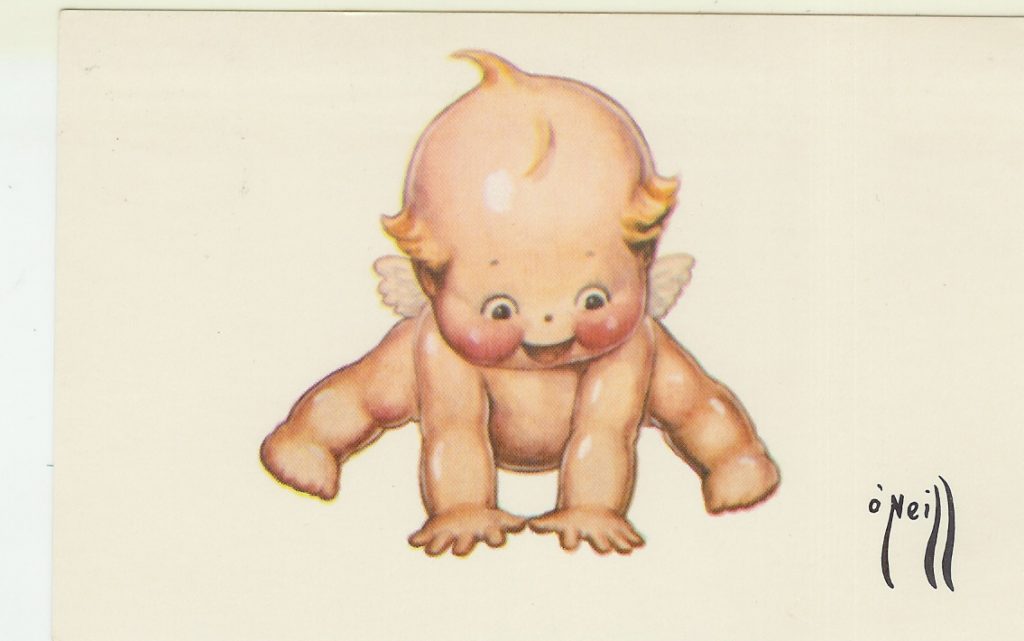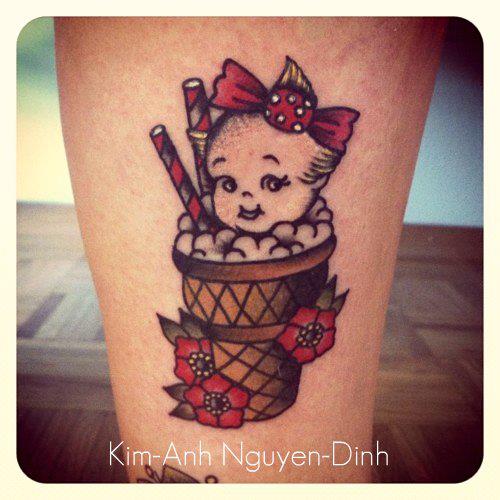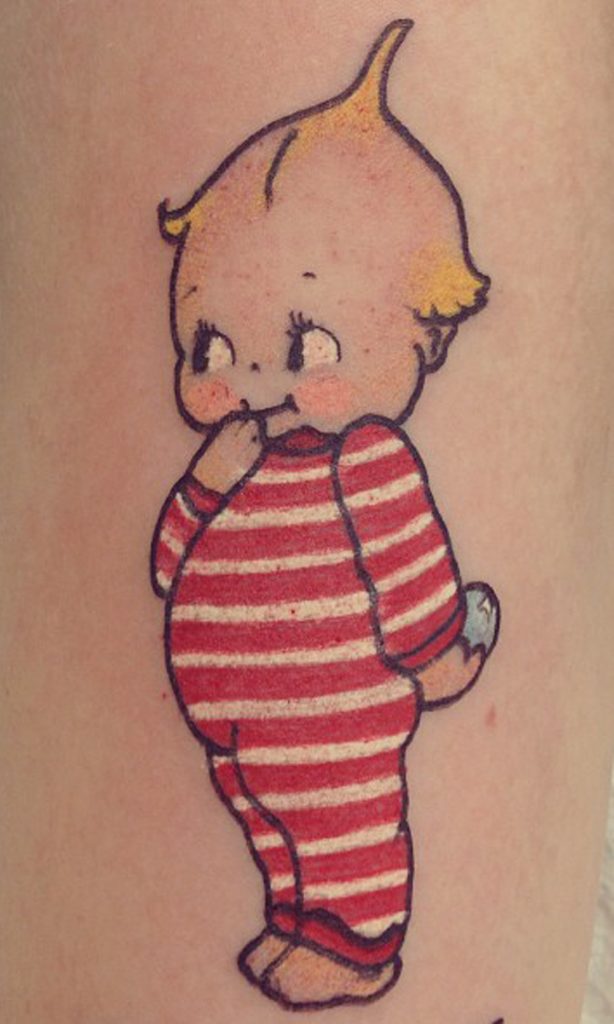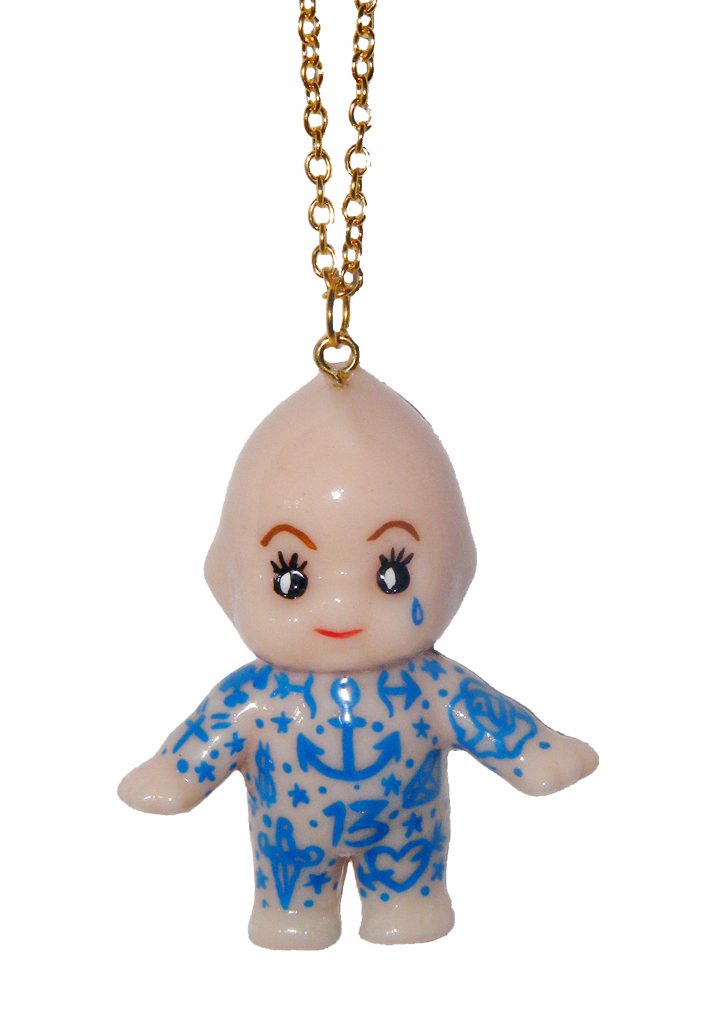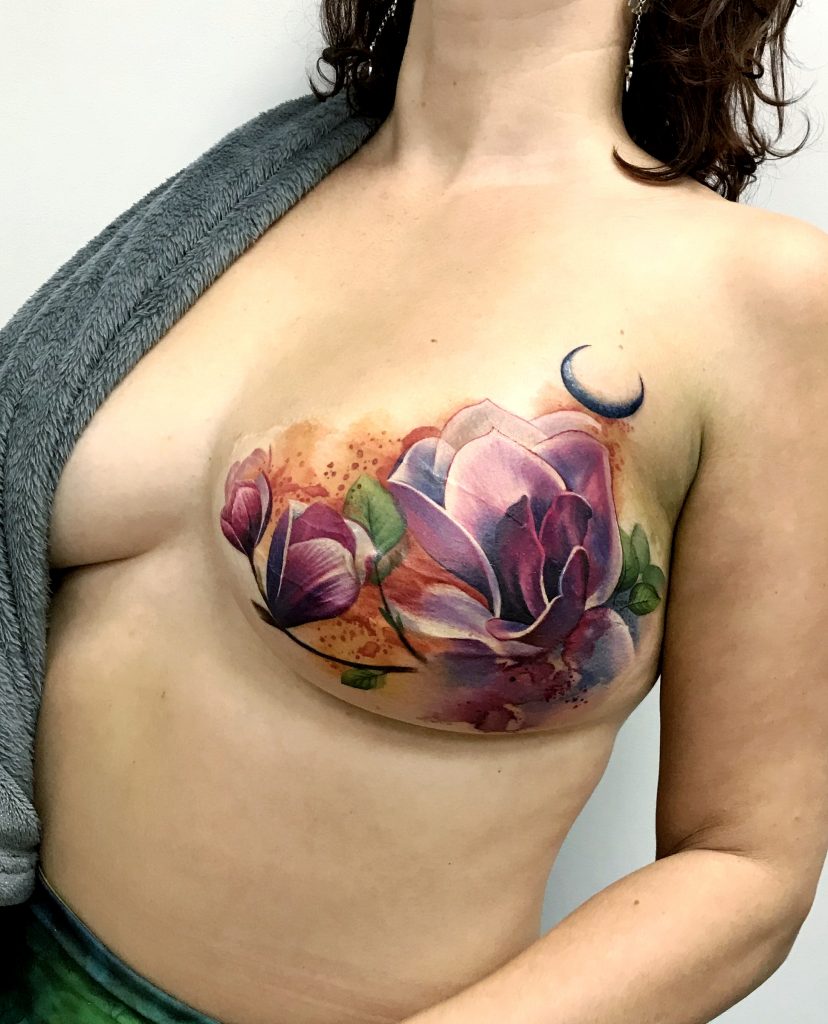Our editor Alice Snape’s Tattoo Street Style book came out last year. It features more than 400 original portraits in cities from London and Brighton to LA and NYC, and a directory of studios in each city, a guide to tattoo styles and a personal foreword from tattoo artist Cally-Jo. Here’s a peek inside, and the reasons why Alice wrote the book.
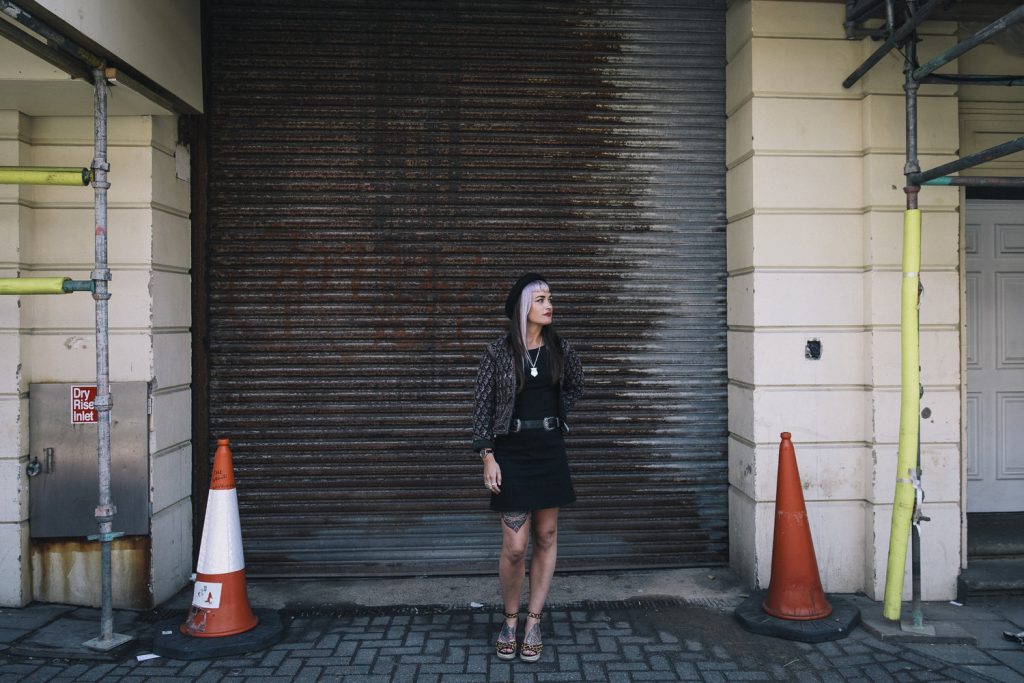
I’ve always been fascinated by people and enjoyed glimpsing them from afar, and spying what they’re up to. When I travel to a new city, my favourite thing to do is find a little café and sit sipping a cup of coffee, watching the world go by. I love looking what someone has chosen to wear or their hair colour, wondering why I might be drawn to that person’s particular style, the way they walk or hold themselves. I make up little stories about them in my mind – perhaps they are on their way to a meeting, to call on a friend, to hang out at the park or to go to work? This fascination is why I fell in love with street style photography. I love that it captures a moment, a city, a person at that exact point in time. Street-style photos tell a story – tiny but complete – of a place and the people in it.
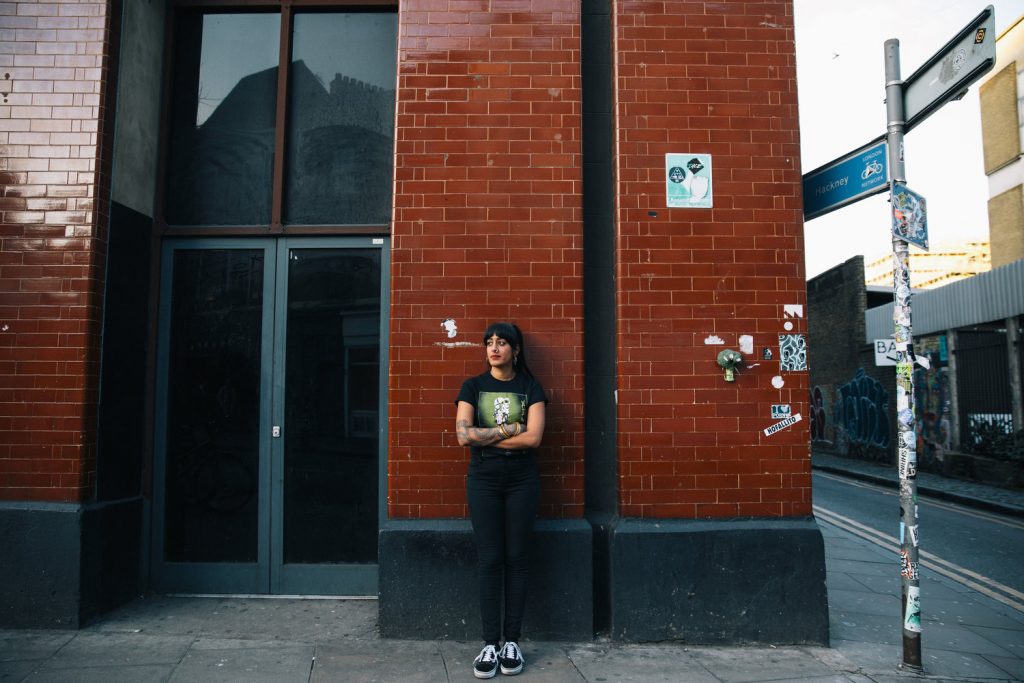
Photo by Heather Shuker
What I have loved about writing this book is not only capturing a sense of each city, but working with different photographers in each location, whom we briefed to capture their city through their own lens. The result doesn’t just provide a snapshot, it communicates a particular vision, with each photographer contributing his or her own unique style and interpretation of what ‘street style’ looks like.
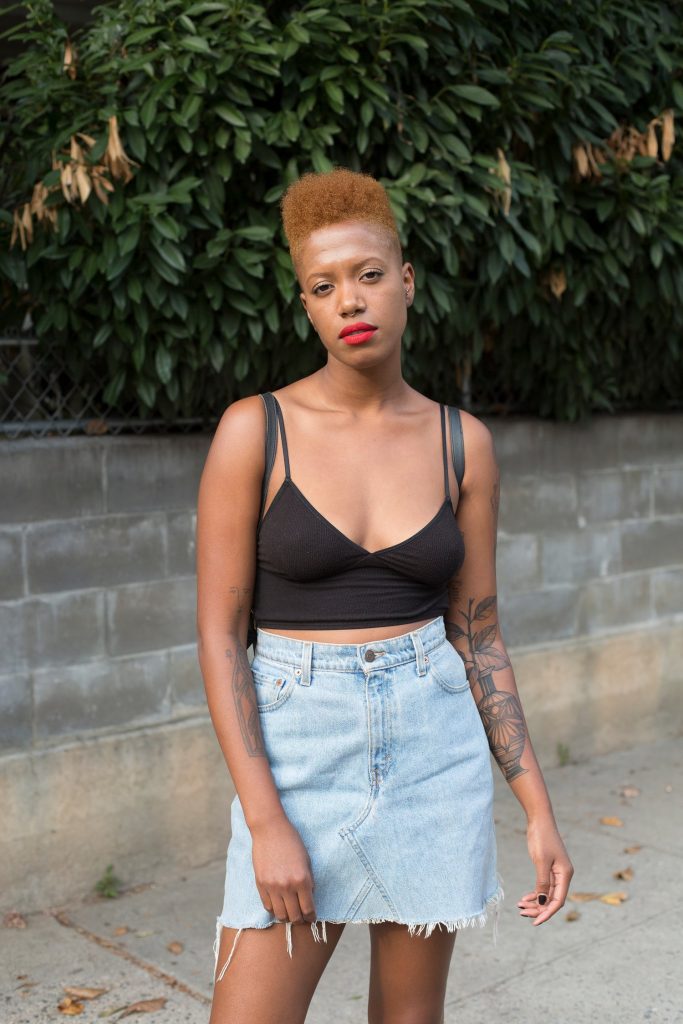
Alongside the imagery, I have loved delving further into what motivates each of those people and gathering snippets of their life stories. This volume of Tattoo Street Style allows me to introduce you to some prominent figures in the tattoo world, such as Wendy Pham in Berlin and Angelique Houtkamp in Amsterdam. But we’ve also spoken with random inhabitants of the eight cities we have featured – people I never would have discovered if I hadn’t written this book. In my everyday life, I often wish I could stop someone in the street and find out more about them – this book has given me the chance to do just that. In London, businesswoman Sian Rusu shared that her tattoos make her feel “different – and difference is what makes us unique”. In contrast, Berlin’s stylist Flora Amelie talks honestly about sometimes questioning her decision to become heavily tattooed, a revelation you wouldn’t expect from someone who portrays such confidence.
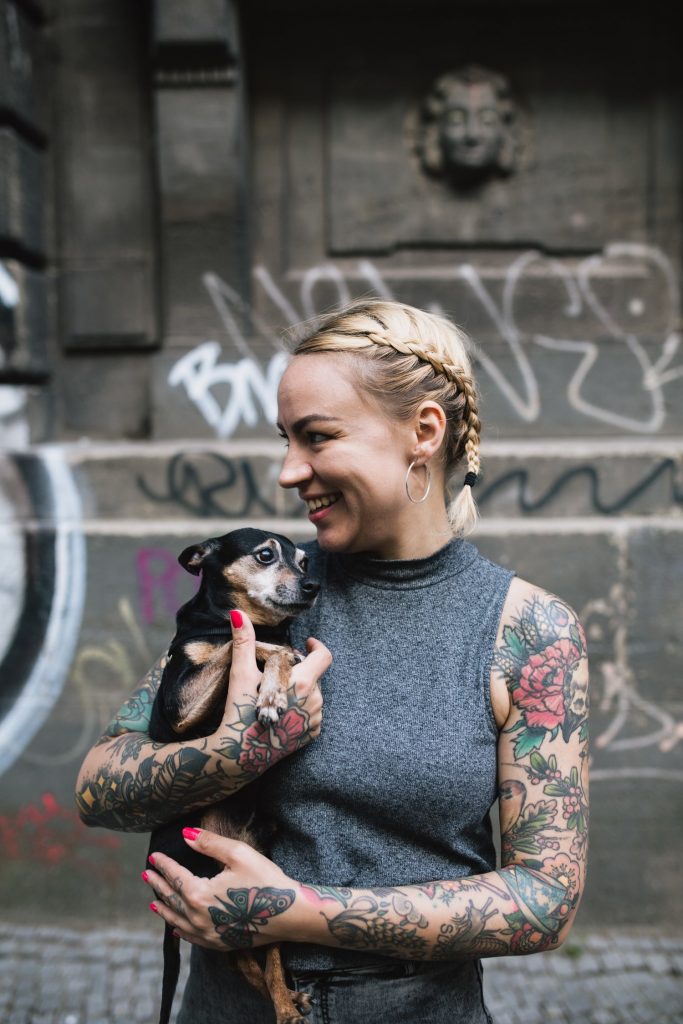
Photo by Lisa Jane
It has been a joy to curate this compendium of tattoos and fashion in eight of my favourite places around the world, cities I have lived in, loved spending time in and dream of returning to. I love that it will immortalise this period in time. I love that one day, someone will look at it as a historical document, in the way that I have looked at old photos of tattooed women from the 1940s. What feels so thoughtfully current now as you flick through the pages will one day be but a memory of our own moment in time.
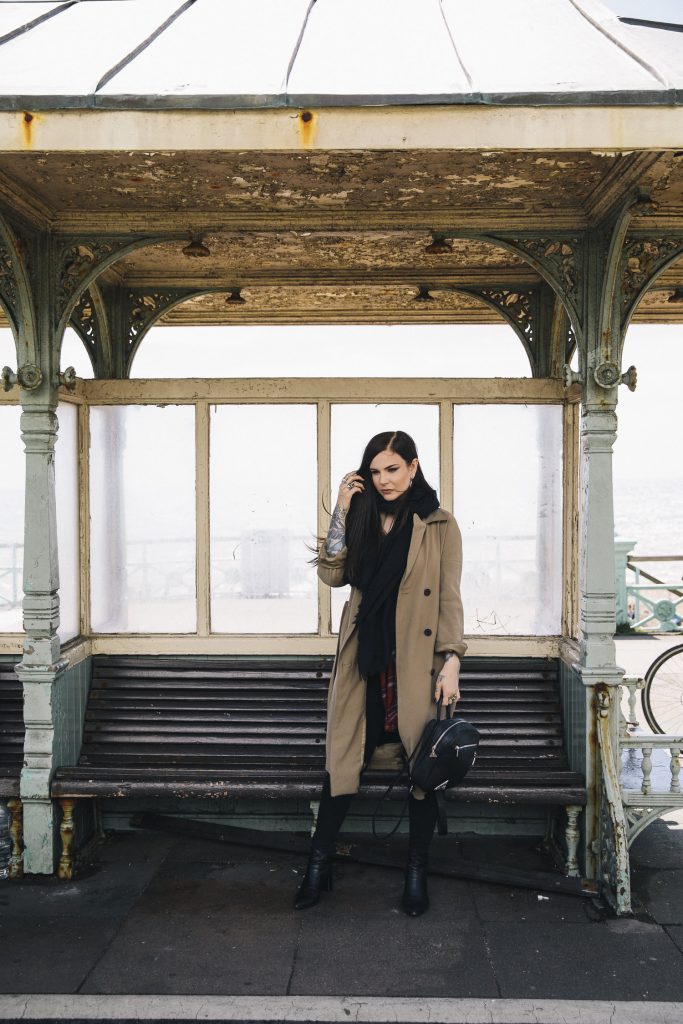
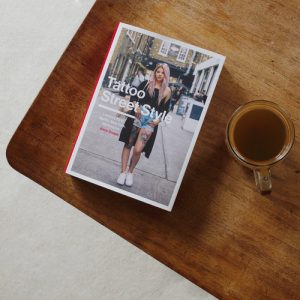
In all good bookshops and available to order online here
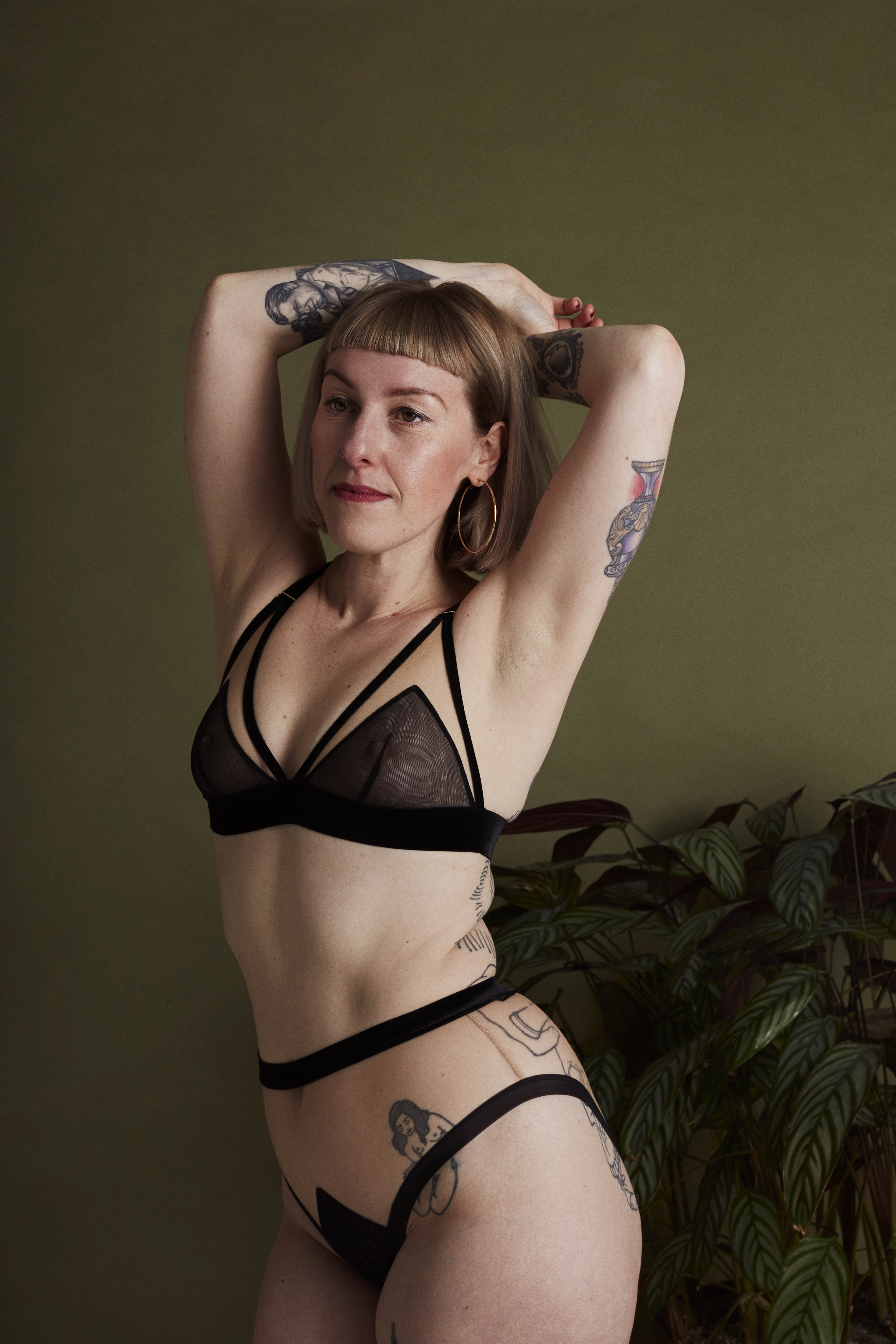
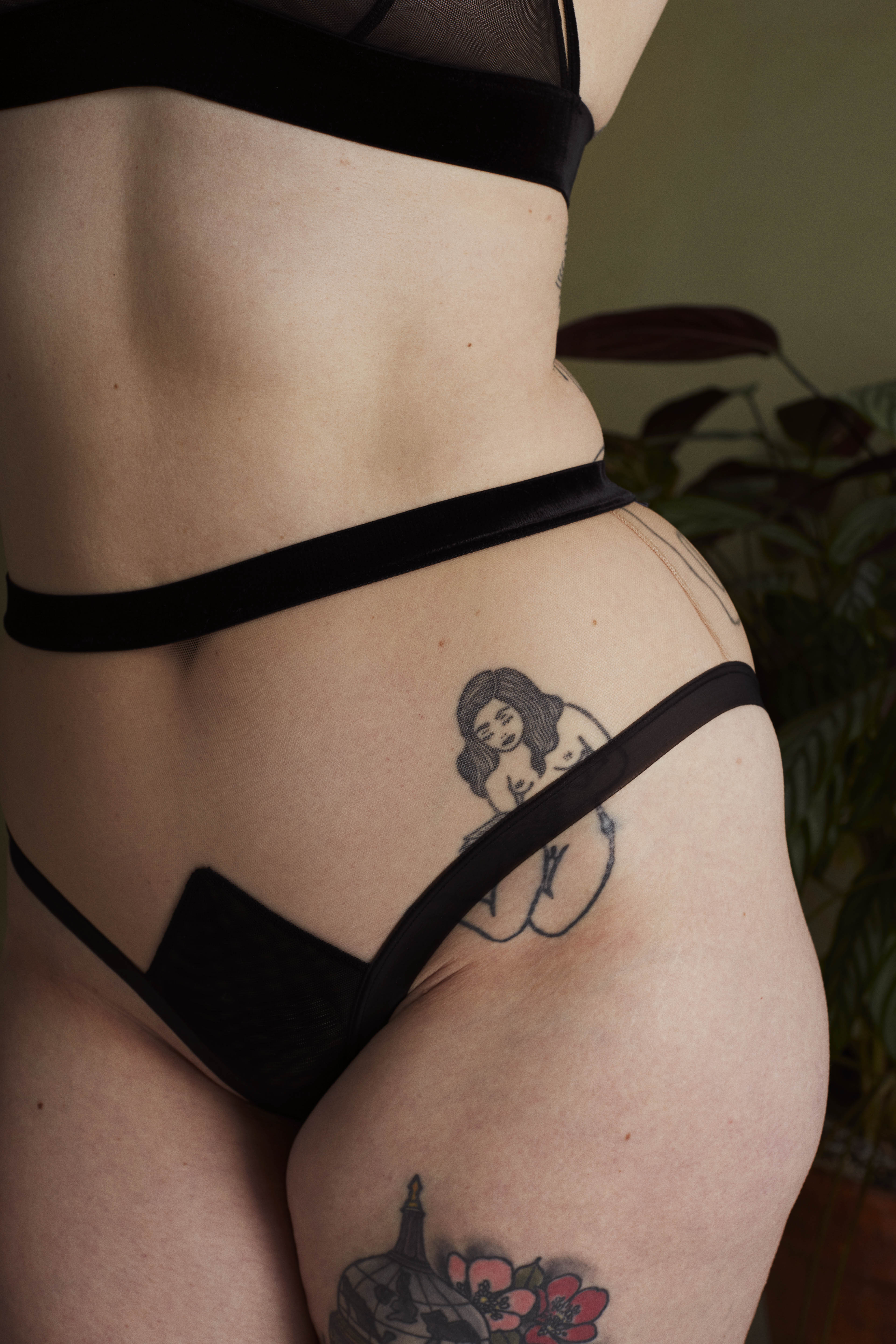
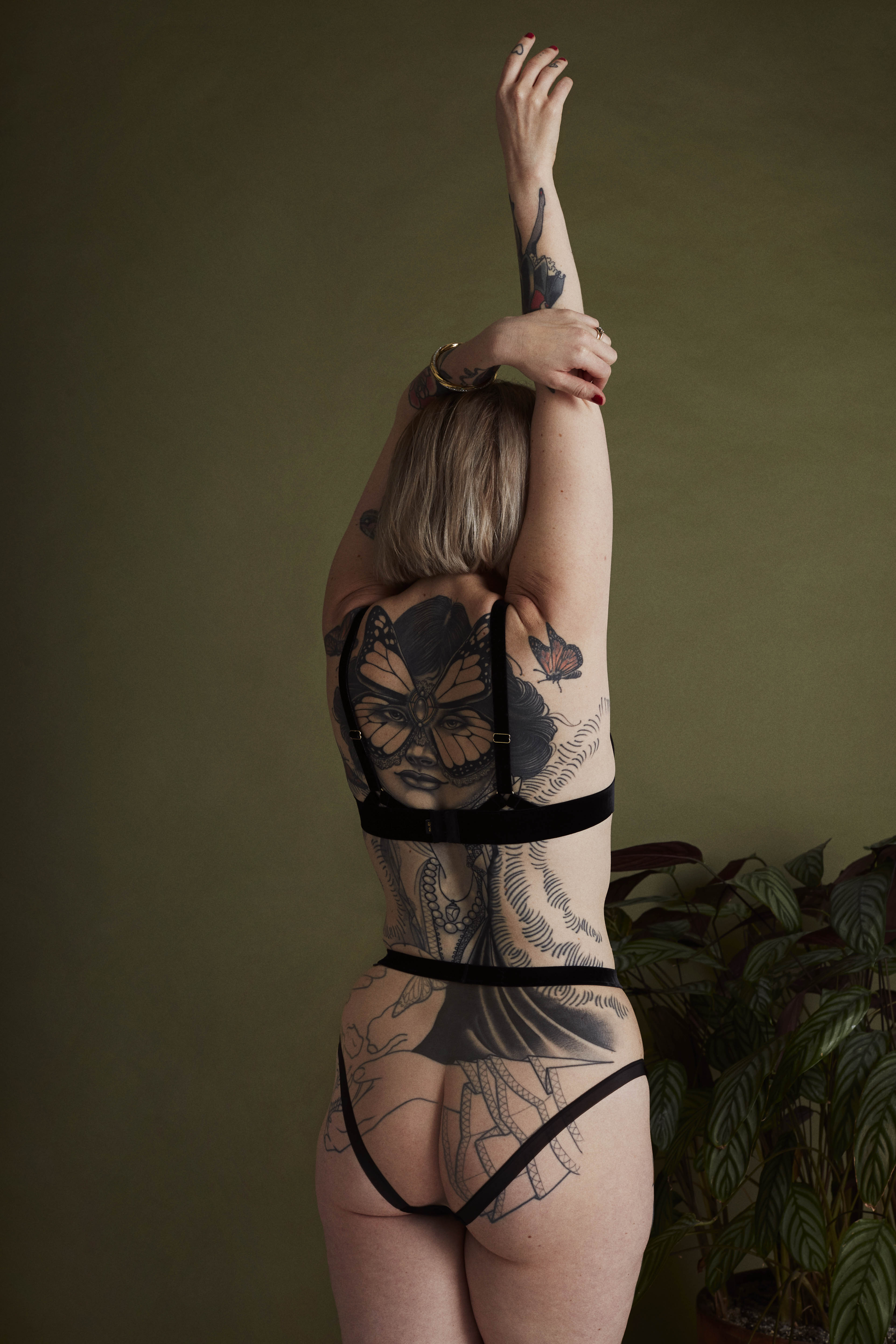

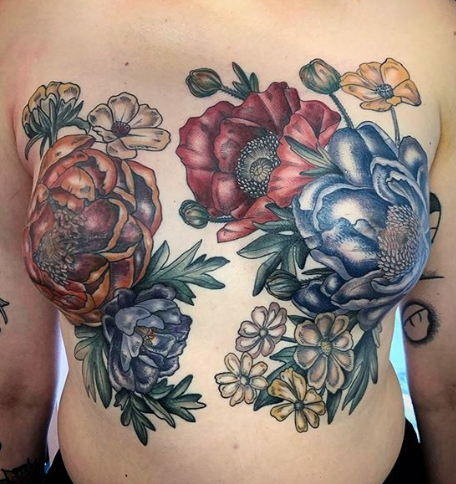
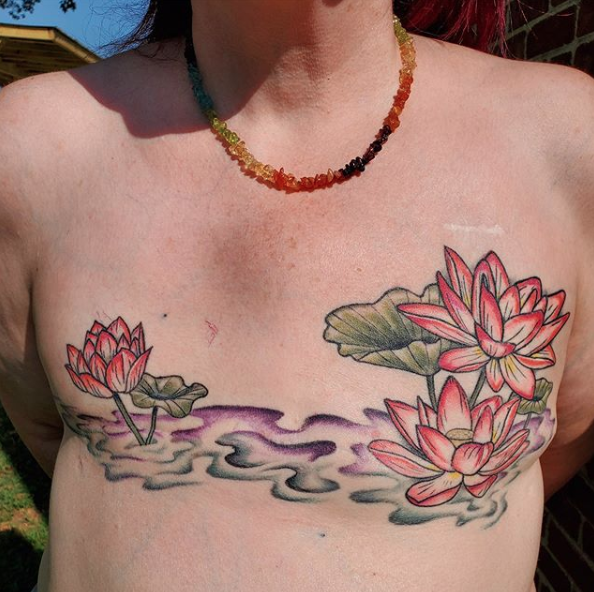
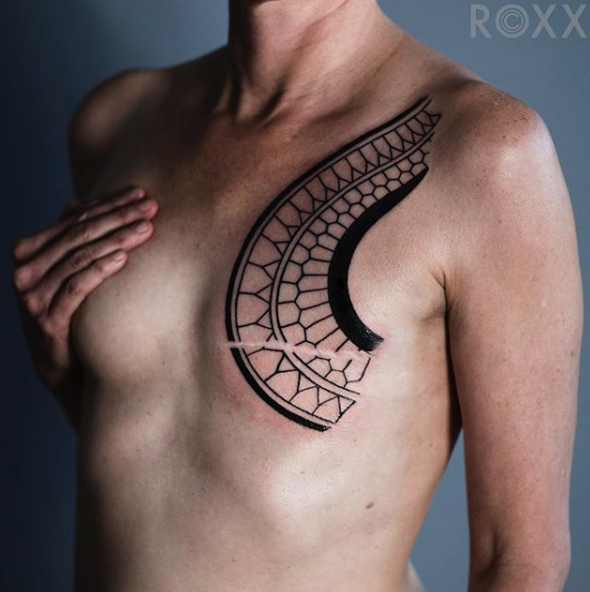
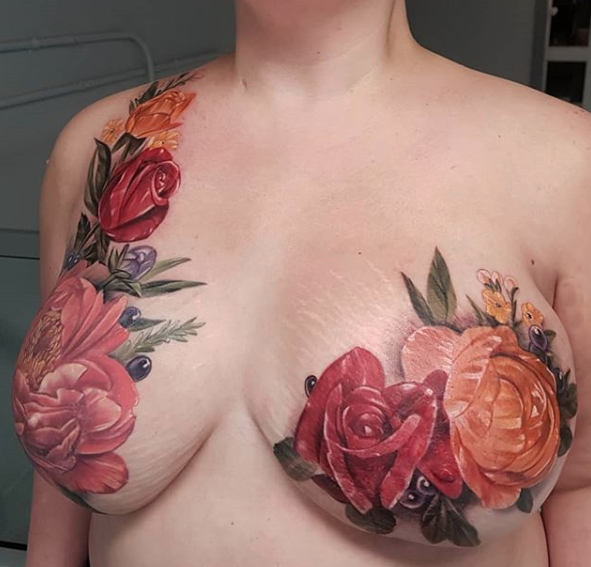
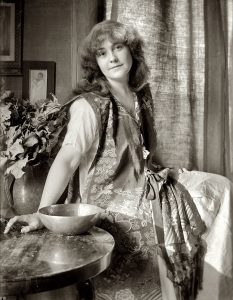 Rose O’Neill first illustrated Kewpie dolls to be featured in the Ladies’ Home Journal, and they swiftly became extremely popular. Born in Germany, their name derived from the word “Cupid”, for the Roman God of beauty.
Rose O’Neill first illustrated Kewpie dolls to be featured in the Ladies’ Home Journal, and they swiftly became extremely popular. Born in Germany, their name derived from the word “Cupid”, for the Roman God of beauty.